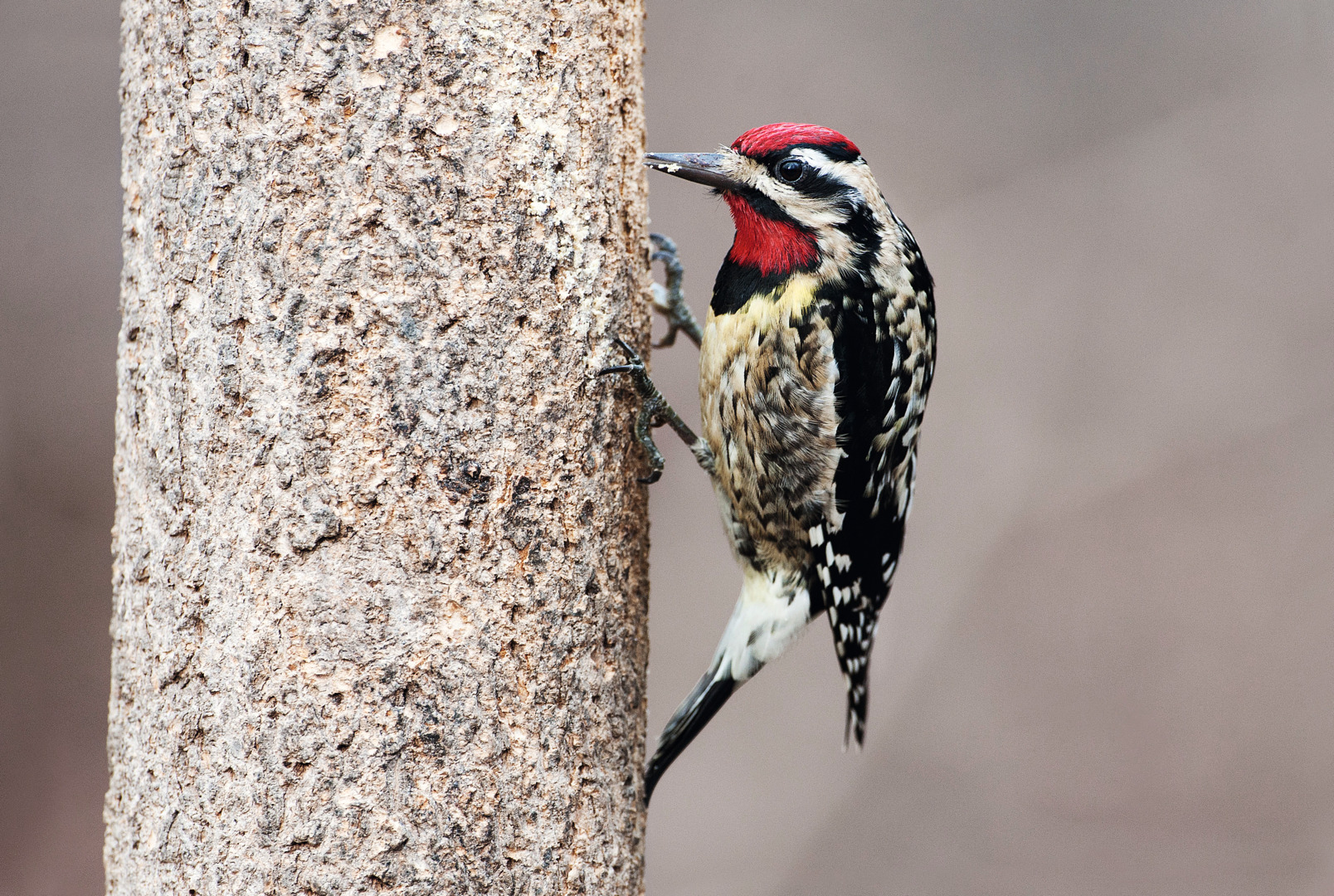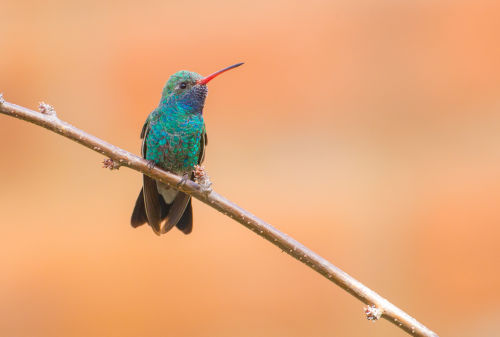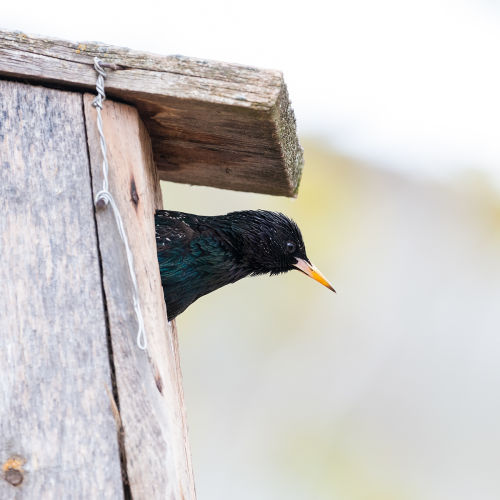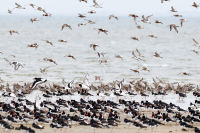Whether you’ve been birding for years or are just starting out, there’s always more to learn, to discover, or even to rediscover about birds. So get out there and start searching for birds in your own community today!
Birds have many distinguishing features. Noticing and making note of these clues will help you to make a confident identification.
If you see a bird you cannot identify, try asking yourself the following questions:

1) What did the bird look like?
As you observe a bird, try creating a mental checklist of the bird’s distinguishing features such as colors, shape and relative size. Running through these things in your mind will help you when looking up the bird in a field guide or making an ID with an app. Taking a photo is always a helpful idea.
2) Which family or group?
Bird species belong to family groups. For instance, sparrows, gulls, ducks, pigeons, and hawks are bird families with common distinguishing traits (e.g. size, shape and overall appearance). Knowing the family will help you to narrow things down.




3) Where, what and when?
Some birds are associated with specific habitats, such as water, mountains, forest or streams. Where the bird was observed and what it was doing is information that can help you to further narrow down what kind of bird you are seeing. If the bird is in the treetops, it might be a songbird. Or, if it is climbing up a tree trunk, it may be a nuthatch or a woodpecker.
Considering the time of year when making an ID is an important factor. Some birds are only present in spring and summer, while others are migrants and are absent in autumn and winter.
4) What did it sound like?
Making note of the bird’s song, coming up with a pneumonic to help make a comparison, or even whistling along with the bird can help when comparing a bird’s song to a verified recorded bird call.
5) How to further narrow things down?
Many of the characteristics birders use to make an ID in the field (color, shape, size, behavior, habitat, field marks, etc.) are summarized in free tools for your smartphone. So before setting out into the field, consider downloading the Merlin app for your smartphone. Using the app’s “explore birds” function, enter today’s date and your location. The app will sort the birds you are most likely to see into a useful list of relevant birds that you can take with you into the field. You can even upload photos to Merlin to receive a photo ID!
App developers may find out how to make use of the digital guide’s potential.














